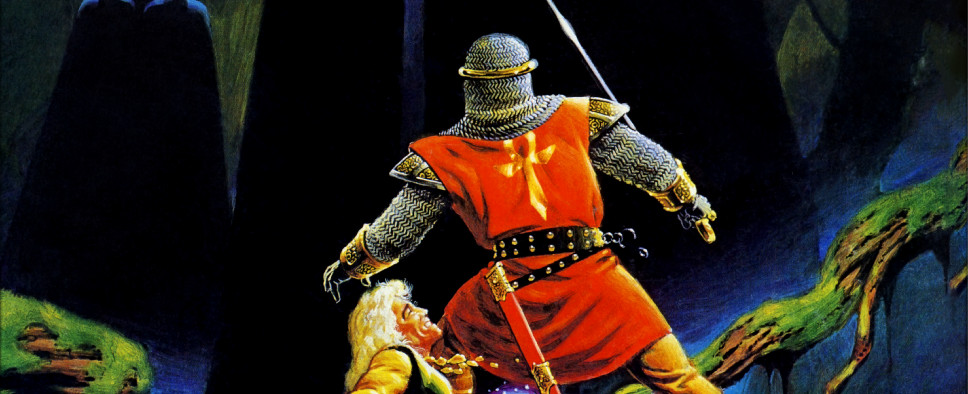The Road to Ultima V: Warriors of Destiny
-
Category: News ArchiveHits: 1985

With a new piece entitled "The Road to V", The Digital Antiquarian continues to intrigue us with fascinating, history-rich stories about the CRPG industry. It's Origin's Ultima V: Warriors of Destiny at the forefront of this installment, though there is a lot of ancillary information to take in about the video game studio's trials and tribulations in the mid- to late-1980s, thanks to information gleaned from documents housed in the Strong Museum of Play'˜s collection of Brøderbund papers. A sampling:
Beginnings and endings can be tricky things for an historian to come to grips with. Certainly the middle period of the eventual nine-game Ultima series is full of them. There's the beginning marked by the great conceptual leap that is Ultima IV, when the series became about more than killing monsters, collecting loot, and leveling up a leap that changed the series's character to such an extent that plenty of fans will tell you that you needn't even bother with anything that came before, that the real Ultima starts right here. And there's the ending that is Ultima VI, the first Ultima not built on the code base of its predecessor, the first not developed and released first and foremost for the Apple II, the first for which Richard did none of the programming.
In between the two lies Ultima V, a crossroads game if ever there was one. It marks the end of the line for the 8-bit Ultimas, the basic structure that began with Akalabeth pushed to a complex extreme that would have been unthinkable back in 1980. How extraordinary to think that this game runs on essentially the same computer as Akalabeth, plus only 16 K of memory here or an extra disk drive there. The series's glorious last hurrah on the Apple II, it also marks the beginning of a radically different development methodology that would carry forward into the era of the MS-DOS-developed Ultimas. Starting with Ultima V, new Ultimas would no longer be the end result of Richard Garriott toiling alone in front of a single Apple II for months or years until he emerged with bleary eyes and disk in hand. From now on, Richard would direct, design, and supervise, while other people did most of the grunt work.
It was an obviously necessary step from the perspective of even the most minimally informed outsider. Ultima IV had taken him two years, twice as long as originally planned, and had nearly killed him in the process. If the series was to continue to grow in scale and ambition, as he himself always demanded it should, something had to give. Yet Richard resisted the obvious for quite some time. He struggled alone, first with the abortive Ultima IV Part 2 and then with Ultima V, for almost a year while while everyone fretted at the lack of progress. He genuinely loved programming, took pride in knowing each new Ultima was truly his personal expression, top to bottom. But at last he accepted that he needed help an acceptance that would change everything about the way that Ultimas got made forevermore.
The process started with two new programmers, Steve Meuse and John Miles. The former started writing tools to make it easier to create the world, to put a friendly interface on all of the tasks that Richard normally managed by hand using nothing more than a hex editor. Meuse's (Ultima Creation Package) would grow into something that, according to Richard, (almost anyone could use.) Meanwhile Miles took over most of the actual game-programming tasks from Richard; more than half of the code that shipped in the finished game would be his. (The transition of doing it all yourself to doing it as a team was very painful,) Richard says of this landmark change of late 1986 that marked the abrupt end of his days as a working programmer. (However, once you had a team in place, and especially once you were no longer sharing the duties of both doing it and managing it, the pain went away.)

